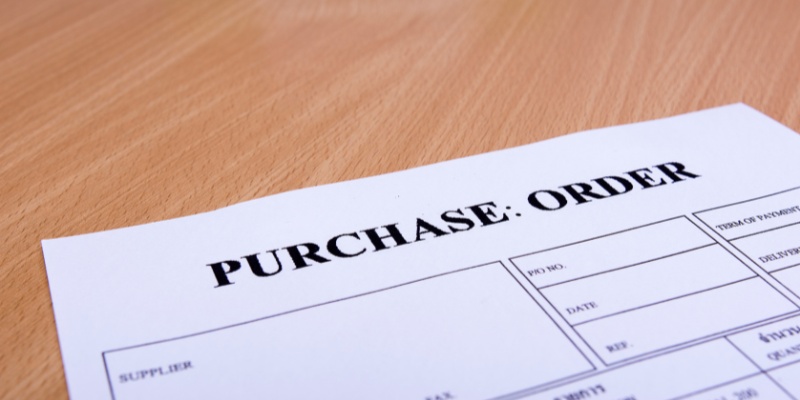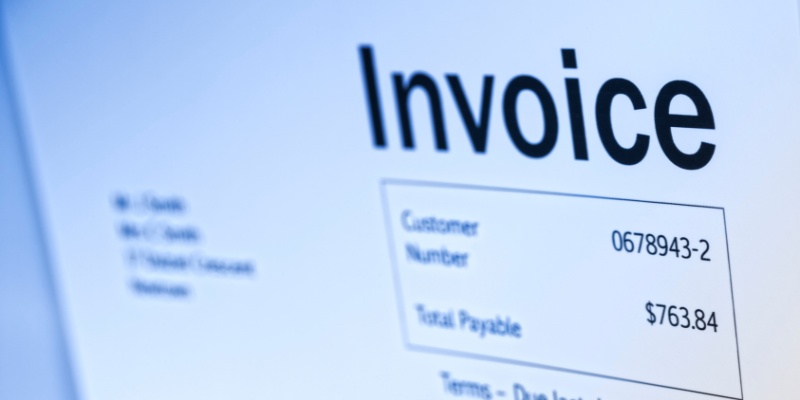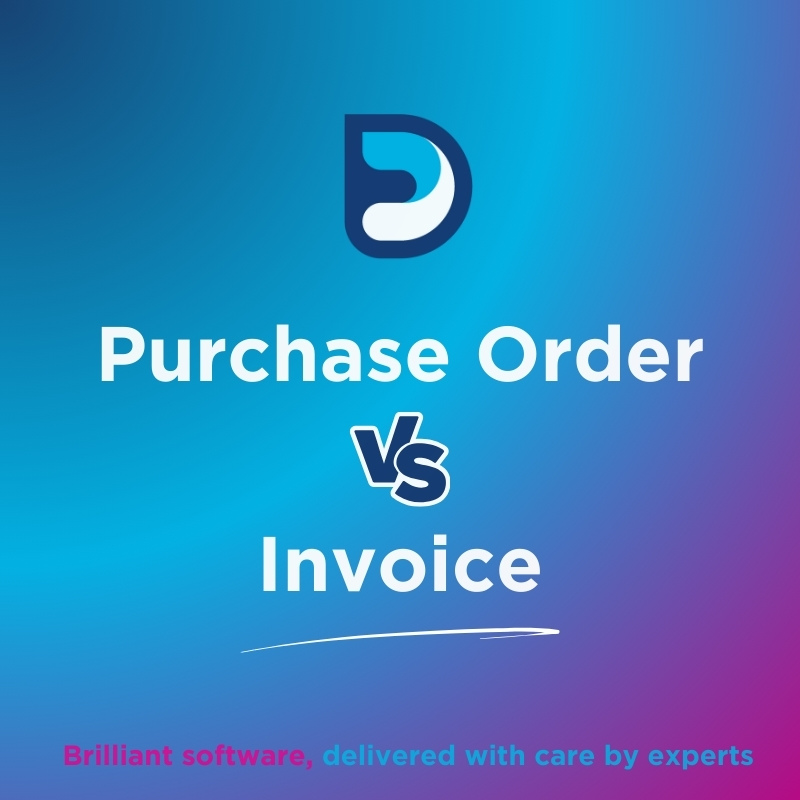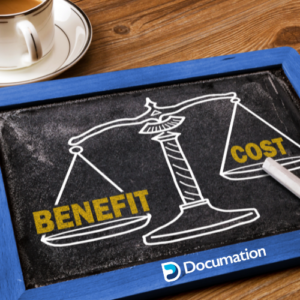In the world of business transactions, purchase orders and invoices are fundamental documents that play crucial roles in procurement and payment processes. Understanding their distinct functions and uses is essential for financial control and maintaining healthy supplier relationships.
A report by PayStream Advisors found that organisations using electronic purchase orders experienced a 33% reduction in purchase order processing costs, highlighting the significant impact of effective management of these documents. Keep on reading to know more about purchase orders and invoices!
What is a Purchase Order?
A purchase order (PO) is a formal document issued by a purchaser to a seller, outlining the details of a purchase. It serves as a legal document committing to buy products or services under specified terms and conditions. Once the vendor accepts the purchase order, it becomes a legally binding contract.
Interested in the difference between a PO and purchase requisitions? See our guide!
Elements of a Purchase Order
A well-crafted purchase order typically includes the following features…
- Purchaser and Vendor Details – Names, addresses, and contact information of both parties.
- PO Number – A unique identifier for tracking the order.
- Description of Goods or Services – Detailed information about what is being purchased.
- Quantities – The amount of each item requested.
- Prices – Agreed-upon prices for each item or service.
- Delivery Terms – Expected delivery dates, shipping method, and destination
- Payment Terms – Conditions for payment, such as net 30 days.
- Additional Terms and Conditions – Any other relevant contractual details.
Purchase Orders in Business
Companies issue purchase orders to streamline and control the purchasing process. With P2P automation, once a purchase request is authorised and the PO issued, and goods or services delivered, the invoice can be auto-matched (usually 3Way, to PO and GRN).
Because the purchase has been authorised by the budget holder and the GL coding has been allocated at PO stage, the invoice processing becomes touchless with no further need for coding or approval – it is auto-posted directly to the finance system ready for payment. By providing clear specifications and terms, POs help prevent disputes and ensure both parties are aligned on the transaction’s details.
They are particularly useful for…
- Budget Control – Ensuring purchases are pre-approved and within budget.
- Faster processing – No waiting or invoice approvals as POs authorised at inception
- Tracking Orders – Monitoring the status and fulfilment of orders.
- Legal Protection – Serving as evidence in case of disputes or legal issues.
- Financial Planning – Facilitating better financial forecasting and planning.

What is an Invoice?
An invoice is a commercial document issued by the vendor to the Purchaser after goods or services have been delivered. It serves as a formal request for payment and includes detailed information about the transaction. Invoices are essential for billing and record-keeping purposes.
Elements of an Invoice
A standard invoice includes the following information…
- Vendor and Purchaser Information – Names, addresses, and contact details of both parties.
- Invoice Number – A unique identifier for tracking and reference.
- List of Goods or Services Provided – Detailed description of what was delivered.
- Total Amount Due – The total cost of the goods or services, including any taxes.
- Payment Terms – Due date and payment conditions (e.g., net 30 days).
- Tax Details – Any applicable taxes and rates.
- Additional Information – Any other relevant details, such as discounts or notes.
Relation Between Purchase Order and Invoice
Differences Between Purchase Order and Invoice
While purchase orders and invoices are both crucial in business transactions, they serve different purposes…
- Purpose – Purchase orders authorise a purchase, while invoices request payment.
- Timing – POs are issued before goods or services are delivered; invoices are issued afterward.
- Role in Financial Documentation – POs control and track purchases; invoices facilitate billing and payment.
Similarities Between Purchase Order and Invoice
Despite their differences, purchase orders and invoices share some similarities…
- Transaction Documentation – Both documents record the details of a transaction.
- Supplier Relationship Management – They help manage and maintain relationships with external suppliers.
- Financial Accuracy – Ensuring accurate financial records and aiding in audits and financial reviews.
Importance of Both Purchase Orders and Invoices
The effective management of purchase orders and invoices is vital for several reasons…
- Legal Protections – Both documents provide legal safeguards and can serve as evidence in disputes.
- Financial Accuracy – They ensure accurate tracking of transactions and financial data.
- Relationship Management – Clear documentation helps maintain transparent and trustworthy relationships with suppliers.

Automating POs and Invoices
Automation of the PO and invoice processes can further enhance efficiency and accuracy, reducing errors and saving time. By integrating a Purchase to Pay automation solution, businesses can streamline their procurement and invoicing processes, ultimately improving financial control and supplier relationships.
For more insights on how to optimise your purchase order and invoice management, explore Documation’s solutions and related articles.





